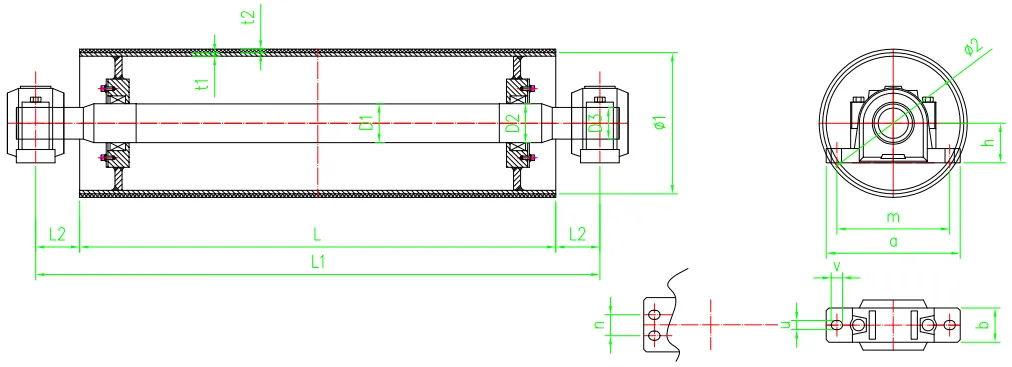 Afrikaans
Afrikaans  Albanian
Albanian  Amharic
Amharic  Arabic
Arabic  Armenian
Armenian  Azerbaijani
Azerbaijani  Basque
Basque  Belarusian
Belarusian  Bengali
Bengali  Bosnian
Bosnian  Bulgarian
Bulgarian  Catalan
Catalan  Cebuano
Cebuano  Corsican
Corsican  Croatian
Croatian  Czech
Czech  Danish
Danish  Dutch
Dutch  English
English  Esperanto
Esperanto  Estonian
Estonian  Finnish
Finnish  French
French  Frisian
Frisian  Galician
Galician  Georgian
Georgian  German
German  Greek
Greek  Gujarati
Gujarati  Haitian Creole
Haitian Creole  hausa
hausa  hawaiian
hawaiian  Hebrew
Hebrew  Hindi
Hindi  Miao
Miao  Hungarian
Hungarian  Icelandic
Icelandic  igbo
igbo  Indonesian
Indonesian  irish
irish  Italian
Italian  Japanese
Japanese  Javanese
Javanese  Kannada
Kannada  kazakh
kazakh  Khmer
Khmer  Rwandese
Rwandese  Korean
Korean  Kurdish
Kurdish  Kyrgyz
Kyrgyz  Lao
Lao  Latin
Latin  Latvian
Latvian  Lithuanian
Lithuanian  Luxembourgish
Luxembourgish  Macedonian
Macedonian  Malgashi
Malgashi  Malay
Malay  Malayalam
Malayalam  Maltese
Maltese  Maori
Maori  Marathi
Marathi  Mongolian
Mongolian  Myanmar
Myanmar  Nepali
Nepali  Norwegian
Norwegian  Norwegian
Norwegian  Occitan
Occitan  Pashto
Pashto  Persian
Persian  Polish
Polish  Portuguese
Portuguese  Punjabi
Punjabi  Romanian
Romanian  Russian
Russian  Samoan
Samoan  Scottish Gaelic
Scottish Gaelic  Serbian
Serbian  Sesotho
Sesotho  Shona
Shona  Sindhi
Sindhi  Sinhala
Sinhala  Slovak
Slovak  Slovenian
Slovenian  Somali
Somali  Spanish
Spanish  Sundanese
Sundanese  Swahili
Swahili  Swedish
Swedish  Tagalog
Tagalog  Tajik
Tajik  Tamil
Tamil  Tatar
Tatar  Telugu
Telugu  Thai
Thai  Turkish
Turkish  Turkmen
Turkmen  Ukrainian
Ukrainian  Urdu
Urdu  Uighur
Uighur  Uzbek
Uzbek  Vietnamese
Vietnamese  Welsh
Welsh  Bantu
Bantu  Yiddish
Yiddish  Yoruba
Yoruba  Zulu
Zulu Types of Pulleys Used in Conveyor Belt Systems for Effective Material Handling
Understanding Conveyor Belt Pulley Types
Conveyor systems are integral components of many industries, providing efficient transport of materials and goods. Among the key elements of a conveyor system is the pulley, which plays a critical role in the performance and efficiency of the conveyor belt. This article delves into the various types of conveyor belt pulleys, their functions, and their importance in optimizing conveyor operations.
1. Types of Conveyor Pulleys
Conveyor belt pulleys come in several types, each designed for specific functions and applications. The primary types include
- Drive Pulleys Also known as head pulleys, these are located at the end of the conveyor where the belt is driven. They are essential for moving the belt and, in turn, the materials on it. Drive pulleys are typically fitted with grooves that enhance traction and prevent slippage.
- Idler Pulleys These pulleys support the conveyor belt as it travels along the system. Idler pulleys help to maintain the belt's alignment and reduce sagging. They are critical in ensuring that the belt remains taut and functions effectively throughout the conveyor.
- Terminal Pulleys Used at the beginning and end of the conveyor system, terminal pulleys help to guide and stabilize the belt. They come in both drive and non-drive forms, depending on their specific functions in the system.
- Snub Pulleys These pulleys apply additional tension to the belt by redirecting it slightly, which in turn helps to improve the belt's grip on the drive pulley. Snub pulleys are particularly useful in overcoming slippage and enhancing the overall efficiency of the conveyor system.
- Return Pulleys Installed on the return side of the conveyor, these pulleys guide the belt back to the drive pulley. They are essential in maintaining the tension and support of the conveyor belt as it completes its cycle.
2. Materials Used in Pulley Manufacturing
The construction of conveyor belt pulleys is just as crucial as their type. Pulleys are typically made from various materials to enhance their durability and performance. Common materials include
conveyor belt pulley types

- Steel The most widely used material, steel pulleys offer strength and resilience. They can be coated or treated to resist corrosion, making them suitable for various environments.
- Aluminum Lightweight and resistant to corrosion, aluminum pulleys are often used in less demanding applications where weight savings are critical.
- Plastic and Composite Materials These are becoming increasingly popular due to their lightweight properties and resistance to chemicals. They are ideal for applications where corrosion resistance is a priority.
3. Factors to Consider When Choosing Pulleys
When selecting conveyor belt pulleys, several factors should be considered to ensure optimal performance
- Load Capacity Consider the weight of the materials being transported. The pulley must be able to withstand the operational load without deforming.
- Belt Width The width of the conveyor belt will dictate the size of the pulleys. It is crucial to ensure compatibility for efficient operation.
- Environmental Conditions Pulleys may be exposed to various environmental factors such as moisture, chemicals, and extreme temperatures. Selecting the right material can enhance the pulley's longevity.
- Maintenance Needs Certain pulley types may require more maintenance than others, depending on their design and the materials used in their construction.
Conclusion
Conveyor belt pulleys are essential components that significantly influence the efficiency and effectiveness of conveyor systems. Understanding the different types of pulleys, their materials, and the factors influencing their selection is crucial for optimizing conveyor operations. Investing in the right type of pulley not only enhances performance but also contributes to the longevity and reliability of the conveyor system as a whole. Whether for heavy industry or light-duty applications, the right pulley choice can greatly impact productivity and operational costs.
-
Revolutionizing Conveyor Reliability with Advanced Rubber Lagging PulleysNewsJul.22,2025
-
Powering Precision and Durability with Expert Manufacturers of Conveyor ComponentsNewsJul.22,2025
-
Optimizing Conveyor Systems with Advanced Conveyor AccessoriesNewsJul.22,2025
-
Maximize Conveyor Efficiency with Quality Conveyor Idler PulleysNewsJul.22,2025
-
Future-Proof Your Conveyor System with High-Performance Polyurethane RollerNewsJul.22,2025
-
Driving Efficiency Forward with Quality Idlers and RollersNewsJul.22,2025





























